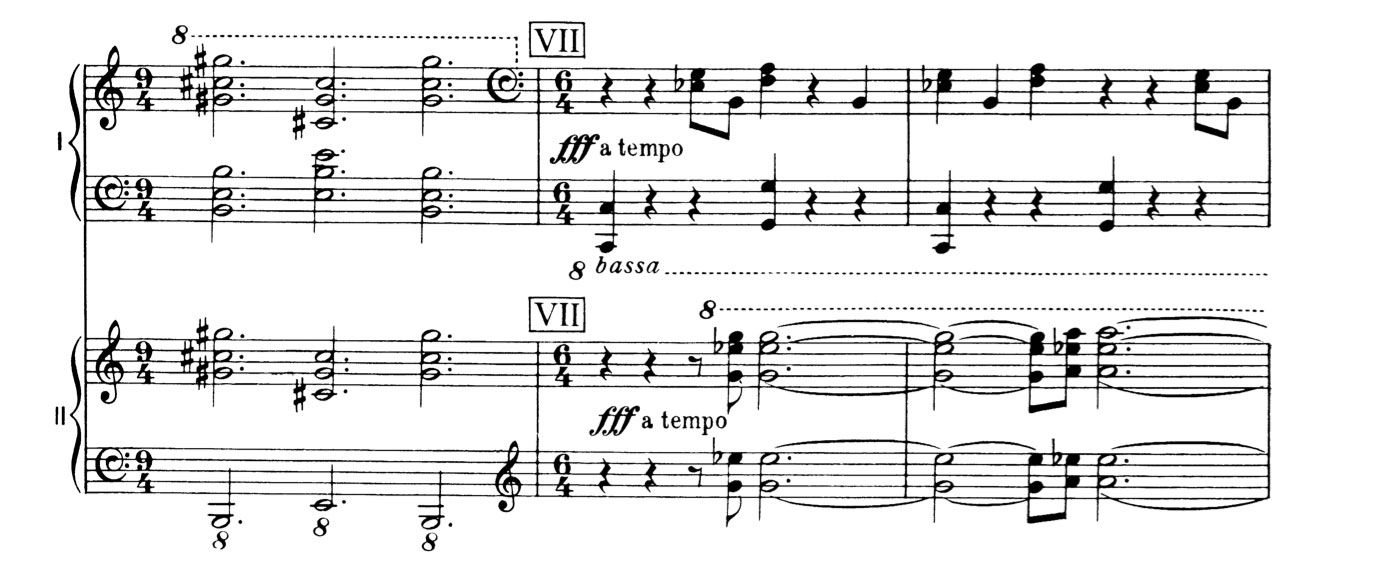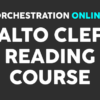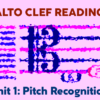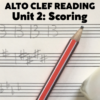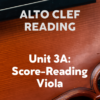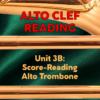As mentioned on YouTube, Twitter, and Facebook, here’s more detailed information about the “5 Orchestral Textures” perk from the “100 Orchestration Tips” book launch.
What It Is
“5 Orchestral Textures” is a perk especially offered for a donation level for my new book kickstarter on Indiegogo. It’s a five-part excerpt from another book planned for release in late 2015 titled “33 Orchestral Textures.” This book would cover a number of examples of orchestral textures from film and concert music, with detailed analysis showing how such textures are built from basic elements into many different colors, styles, and approaches. I’ll explore how this has a bearing on the artistic personality of the composer, and how that relates to other scores, film cues, composers, and general trends in orchestration.
Resources
In addition, I’ll supply a number of resources which allow you to get inside the information. Each example will be accompanied by a score, a MIDI mockup, and MusicXML files for both notation software and DAW’s. You’ll be able to edit your own version of the music, break down the elements, isolate certain sections, and perform your own experiments. But most importantly, you’ll be able to use these resources in an informed way, as a building block in developing your own personality as an orchestrator.
And the Textures Are…
The examples I’ve chosen for this perk cross a wide range of styles and approaches.
Rimsky-Korsakov: Overture from the Legend of the Invisible City of Kitezh.
The Hitchcock Sound: Examples of typical textures used in the director’s films.
Ravel: the opening section of the Piano Concerto for the Left Hand.
Fantasy Film Textures: Approaches from modern film orchestrators and composers.
Holst: an excerpt of “Uranus” from “The Planets.” (see below)
Sample from “Uranus is Massive”

Holst’s “The Planets” are a cornerstone of modern orchestration technique. Their influence crosses into every field of orchestral music today: many examples of film, theatrical, crossover, and concert scoring owe a great debt to Holst. Probably film most of all – the exaggerated sense of emotion, the mystery, and the mayhem of “The Planets” all suit the needs of film directors trying to paint with broad strokes. George Lucas used the suite as temp music for the first Star Wars film, forcing his composer John Williams to rise to that level of scope and directness. But whether directors use the music or not, the film composers themselves know it well, and it influences many of their decisions in shape, color, and expression.
One of the most instructive examples from “The Planets” is the movement “Uranus,” which contains some of the densest, most towering scoring in the set, if not the 20th century itself. The movement seems to be Holst’s nod to the marching band traditions of English music, distorted through the filters of Stravinskyan scope and experimentation, and Schoenberg’s harmonic coloration. Many moments of scoring leap out with passion and innovation, and yet are so simple in their structure as to provide an excellent basis for understanding mass textures.
Let’s focus on the most enormous moment in the movement, rehearsal figure VII-VIII. Start by opening the PDF sample and score-reading the passage along to a recording. Note the unbridled immensity of the music, coming from a lead-in that builds to a towering moment of tension, releasing into the neurotic march from fig. VII. By the time the orchestra reaches page 159, the score has attained a density of 31 staves, finishing in a titanic ffff tutti chord.
For a developing orchestrator, such textures seem nearly beyond comprehension. But let’s unpack this mighty suitcase. Learning to organize information is vital to mastering orchestration. The first thing to do is to boil down the orchestra numbers. For this passage, they are:
Winds 4444
Brass 6332
2 Timpanists
3 Percussion
Organ
Strings
The winds have one each of all the standard auxiliaries (piccolo, English horn, bass clarinet, and contrabassoon), plus bass oboe (aka baritone oboe/heckelphone – not all identical, but close enough). The brass section is standard, with the addition of 5th & 6th horns and tenor tuba. Three percussion is standard, but two timpanists covering 6 kettles offers a range of possibilities to explore.
That is the color palette for our texture. Now for functions of the music. In this case, Holst made it easy for us (and himself) by first composing a 2-piano score from which to orchestrate. I’ve added it on to the end of the PDF. You can see that our massive beast has the thinnest of skeletons: essentially three elements are at play here. The most obvious is the chorale melody of Piano II. Supporting this in Piano I’s right hand is a simple cross-rhythm of nine beats against 12, or more properly 3 against 4 as it’s conducted. That leaves a simple I-V march rhythm delineating the basic pulse in Piano I’s left hand.
The less experienced orchestrator will scoff at this point. It might seem like a lot of fuss over barely anything. And indeed it is. But that is key to what Holst is trying to achieve here. Many many functional elements to the music might lessen the monumental directness of the passage. In scoring mass textures like this, more functions can actually distract from the purpose of the music, unnecessarily complicate its texture, and subtract from possibilities of coloration.
And in fact, professional musicians who score-read for a living (which essentially are orchestrators, composers, and conductors) will immediately note the relationships in a score such as this, and the functions will all be extremely clear even with 30+ staves:
Chorale: piccolo, flutes, oboe, English horn, clarinets, horns, trumpets, tenor trombones, violins I & II
Cross-rhythm: bass oboe, bass clarinet, bassoons I & II, tenor tuba, timpani I, xylophone, violas
Bass line: bassoon III, contrabassoon, bass trombone, bass tuba, timpani II, cellos, double basses
Simplicity in itself, you might think. But if you’re assuming that any piece of music can be easily adapted in this way, then think again. The exact placement of the timbres of the instruments above is where the mastery lies…
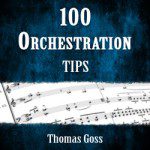 From here, the text goes into a careful breakdown of each element: how the instruments are being arranged to achieve certain coloristic effects, and how those effects work as one huge texture. To further explore that along with me, along with the other orchestral works I’ve listed above, please add this perk to your donation on the “100 Orchestral Tips” Indiegogo page.
From here, the text goes into a careful breakdown of each element: how the instruments are being arranged to achieve certain coloristic effects, and how those effects work as one huge texture. To further explore that along with me, along with the other orchestral works I’ve listed above, please add this perk to your donation on the “100 Orchestral Tips” Indiegogo page.

